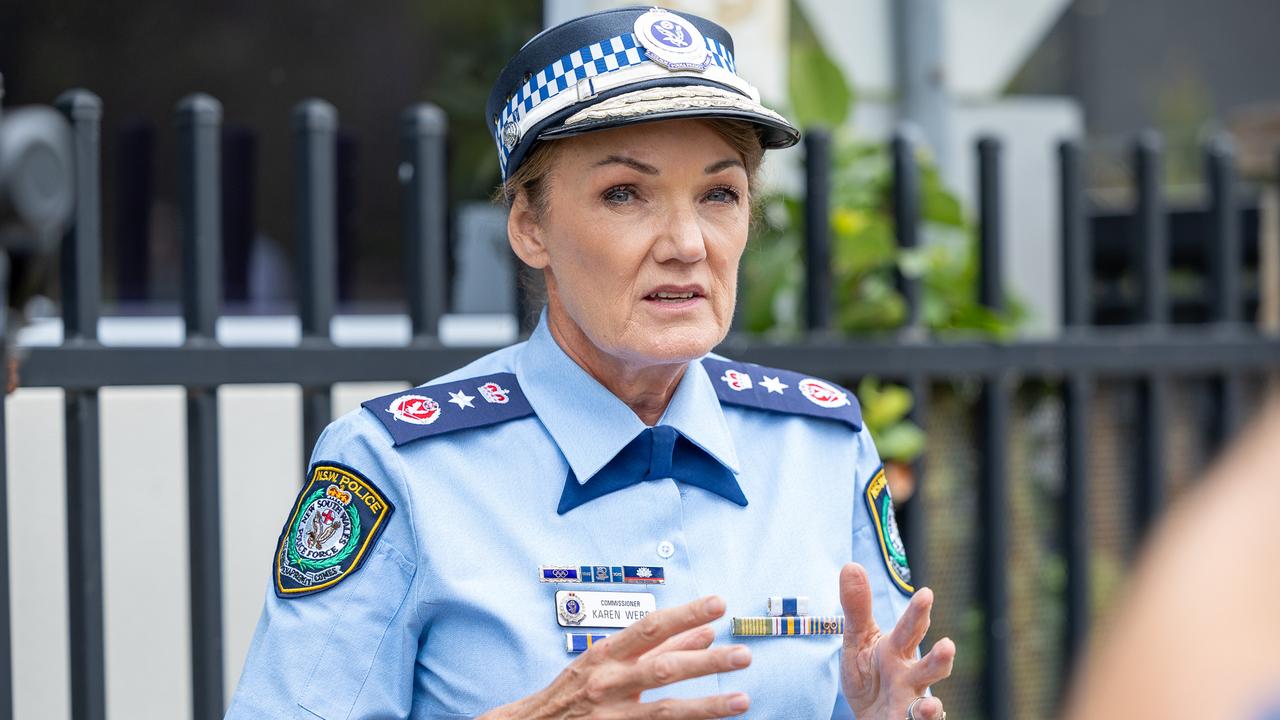Government warning about lead poisoning in our tap water
Households have been officially warned to run taps for 30 seconds before using water for drinking or cooking in the morning, amid growing concern about lead poisoning from plumbing.
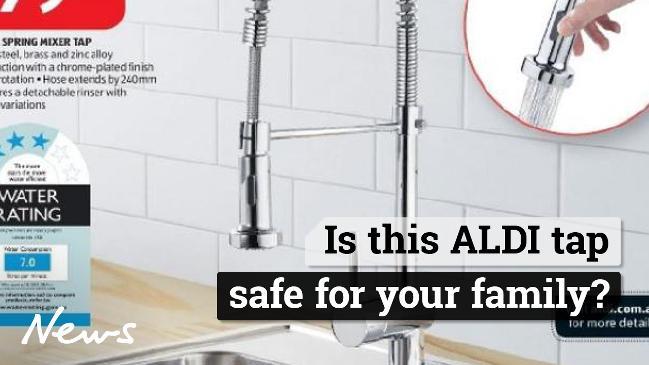
Households have been officially warned to run taps for 30 seconds before using water for drinking or cooking in the morning amid growing concern about lead poisoning from plumbing.
The government alert says bottle-fed babies are most at risk of health problems from water which has run through brass taps that contain lead.
An investigation by The Sunday Telegraph can also reveal that the amount of lead in brass plumbing fittings will be slashed by as much as 94 per cent under new nationwide rules.
The moves have been made by the Environmental Health Standing Committee (enHealth), which represents Commonwealth, state and territory health departments plus the National Health and Medical Research Council.
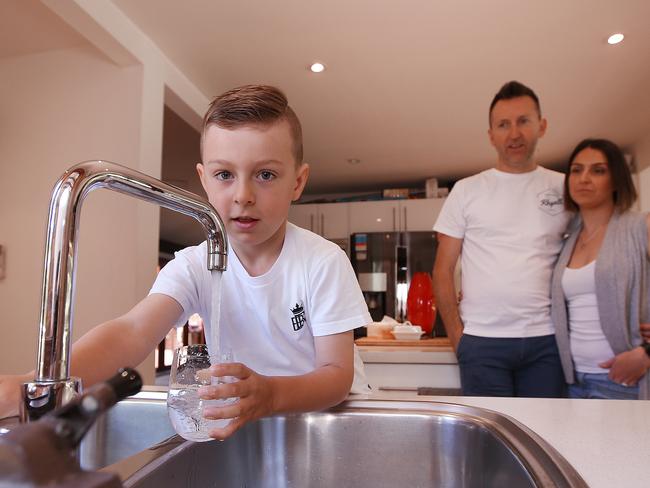
MORE FROM JOHN ROLFE
INSURANCE ‘LOYALTY TAX’ EXPOSED
VOTERS PAY POLLIES $1M TO ‘SPY’ ON THEM
A federal health department spokesman said enHealth’s “guidance statement” to not use hot tap water for drinking or cooking and to flush cold-water taps in the morning “acknowledges the risks associated with lead and the need to minimise an individual’s exposure as much as possible”.
It was released nearly six months ago but not publicised.
Lead dissolves into water from brass plumbing fittings after lengthy contact. The warnings also advise consumers to run cold water taps used for drinking and cooking for about two to three minutes after coming back from a holiday.
The leaching can be more significant in hot water.
The statement’s strongest warning is for new parents, declaring “infants who drink formula prepared with lead-contaminated water may be at a higher risk because of the large volume of water they consume relative to their body size”.
“Infants and children are especially vulnerable as lead can impair brain development,” enHealth says.
Lead can also damage digestive, cardiovascular, renal and reproductive functions — and not just in the young.
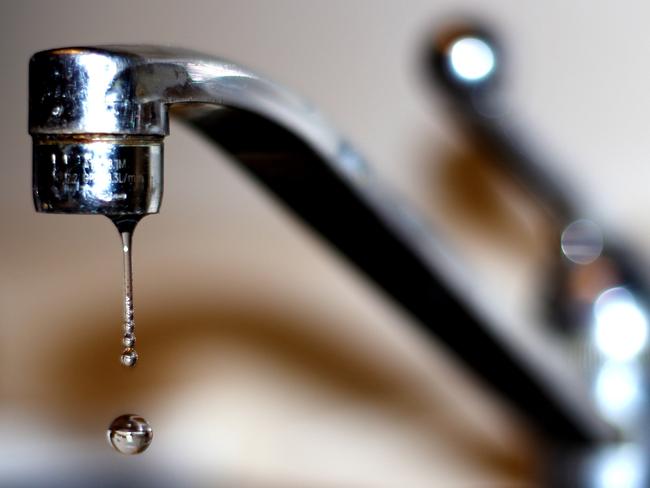
In 2016 Macquarie University Dr Paul Harvey found lead in more than half of water samples from hundreds of household taps.
One in 12 had levels above the maximum allowable level of 0.01 micrograms per 100ml.
That limit was set in the 1990s. Since then, the World Health Organisation has said that no level of exposure is safe.
Australia permits up to 4.5 per cent lead content in brass fittings — 18 times higher than the US and Canadian standard of 0.25 per cent.
Following questions to federal Health Minister Greg Hunt’s office about this discrepancy, a department spokesman revealed “enHealth has recommended that the allowable level of lead in plumbing products in Australia be reduced to align with international standards”.
No decision has been made about what Australia’s new limit will be.
But Dr Harvey said: “It will probably be to 0.25 per cent. It’s well and truly long overdue.”
That would be a 94 per cent reduction from the current limit.
When The Sunday Telegraph asked Mr Hunt’s office why there had been no awareness campaign to draw attention to the new warning to flush taps, the inquiry was referred to the health department which said the “dissemination” was “appropriate”.
Dr Harvey said more should have been done to inform the public.
Levels of lead in water was “something that’s been a problem for years,” Dr Harvey said.
“We are catching up with the rest of the world.”
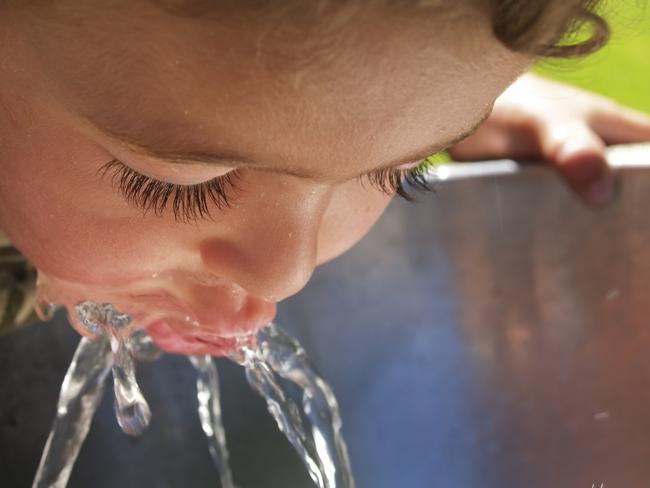
Sydney mother Laura Halliday said she had no idea there was a need to flush water taps.
“But I’ll be doing it from now on, that’s for sure,” Mrs Halliday, of Castle Hill, said.
The opening of Perth children’s hospital was delayed by nearly three years due to higher levels of lead in tap water from brass fittings and in July last year Aldi’s Easy Home spiral spring mixer was found to give off too much lead.
The government’s actions were also triggered by lead contamination scares involving 80 bubblers in Geelong.
The overwhelming majority of taps in NSW are made from brass containing lead.


